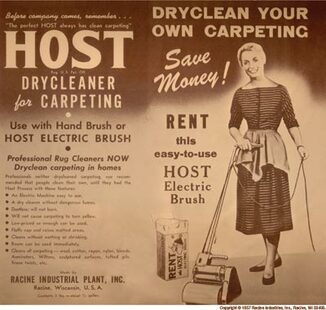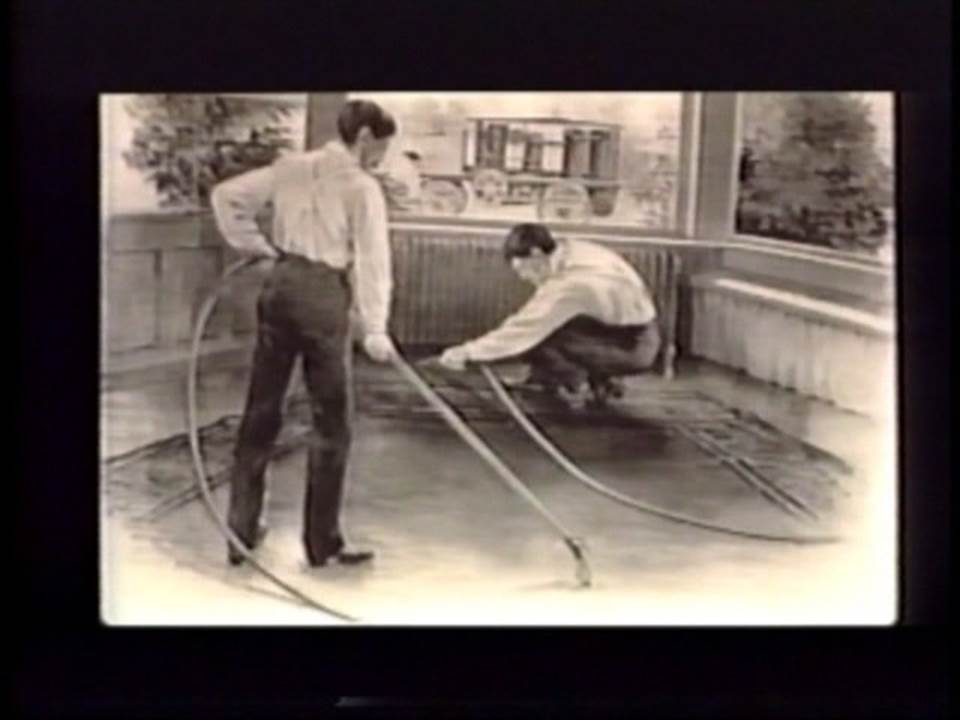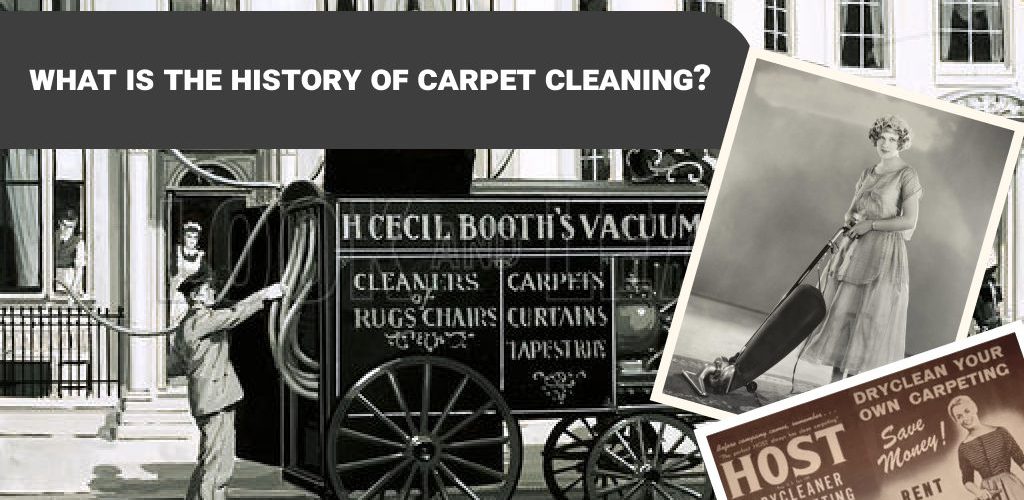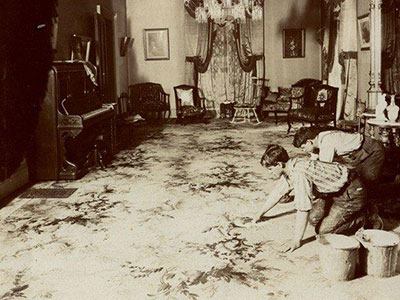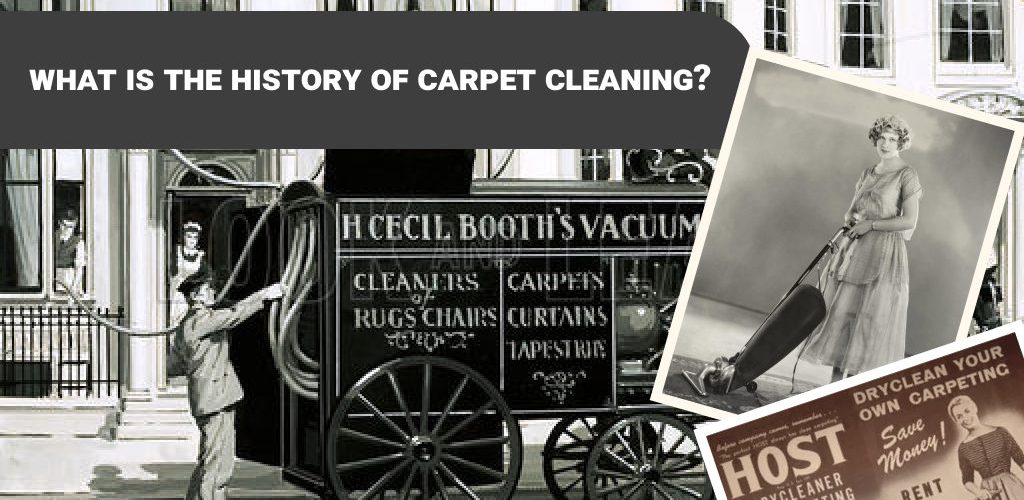
If you’ve ever wondered about the fascinating journey of Carpet Cleaning throughout history, look no further. Discover the evolution of this essential household maintenance practice and gain a deeper understanding of its origins and advancements. From ancient civilizations to modern techniques, the “History of Carpet Cleaning” provides a comprehensive overview that will leave you with a newfound appreciation for the art and science behind achieving spotless, fresh carpets. Veterans Carpet Cleaners is your go-to resource for all things carpet cleaning, so visit their website for more information and expert tips.
This image is property of www.carpetcleaningforce.co.nz.
Ancient Origins
Nomadic tribes and early civilizations
Carpet cleaning has a long and storied history that dates back to ancient times. It is believed that the earliest form of carpet cleaning can be traced back to nomadic tribes who used rugs and carpets to provide warmth and comfort in their portable dwellings. These early civilizations, such as the Persians and Egyptians, would use natural materials like grasses, reeds, and animal furs to create these floor coverings. While the carpets themselves were relatively simple in design, the nomadic tribes developed innovative methods to keep them clean.
The invention of the carpet
The invention of the carpet as we know it today can be attributed to the Persians. During the 5th century BCE, they began weaving intricate carpets with beautiful patterns and designs. These carpets were highly valued not only for their aesthetic appeal but also for their functionality. With the rise of carpets, the need for cleaning methods became apparent.
Early carpet cleaning methods
In the early days, carpet cleaning was a labor-intensive and time-consuming process. Nomadic tribes and early civilizations used a variety of methods to keep their carpets clean. One common technique involved taking the carpets outside and beating them with sticks or brushes to remove dust, dirt, and debris. Additionally, they would hang the carpets over a railing and use water to rinse them off. This process required a great deal of physical strength and endurance.
Carpet Cleaning in the Middle Ages
Tapestries and their maintenance
During the Middle Ages, tapestries became increasingly popular among the nobility. These large woven works of art were typically hung on walls for both decorative and insulation purposes. As with carpets, tapestries required regular cleaning and maintenance. Due to their size and complexity, tapestries were often cleaned by beating them with special rods or brushes designed to remove dirt and dust without damaging the delicate fibers.
The emergence of professional carpet cleaners
As the demand for carpets and tapestries grew, so did the need for professional carpet cleaners. In the Middle Ages, skilled individuals known as “carpet beaters” or “rag and bone men” would offer their services to clean and maintain these valuable floor coverings. These individuals often possessed specialized knowledge and techniques to preserve the carpets’ intricate designs and prevent damage during the cleaning process.
18th Century Developments
Advancements in carpet manufacturing
The 18th century witnessed significant advancements in carpet manufacturing techniques. With the Industrial Revolution in full swing, new technologies and machinery made it possible to produce carpets on a larger scale. These carpets, made from materials such as wool or cotton, were more affordable and accessible to a wider range of households. As the popularity of carpets increased, the need for effective cleaning methods also grew.
The rise of carpet sweeping
Carpet sweeping, also known as carpet beating, became a common method of cleaning in the 18th century. This involved using a carpet beater or a large broom to sweep the surface of the carpet and dislodge dirt and dust particles. The technique was effective in removing debris that had settled into the fibers, making the carpets appear cleaner and fresher.
The discovery of soap
Another significant development during the 18th century was the discovery and widespread use of soap. The introduction of soap revolutionized the way carpets were cleaned, as it had powerful cleansing properties that could remove stubborn stains and grime. Soap was combined with water to create a soapy solution that could be applied to carpets and scrubbed in with a brush or cloth. This method offered a more thorough and effective cleaning process compared to traditional carpet sweeping.
The Industrial Revolution and Carpet Cleaning
The impact of industrialization on carpet manufacturing
The Industrial Revolution had a profound impact on carpet manufacturing, leading to the production of carpets on a mass scale. This meant that more and more households could afford to install carpets, resulting in a higher demand for Carpet Cleaning Services. The availability of carpets in a wide range of materials, designs, and colors also contributed to the need for specialized cleaning methods and equipment.
The invention of the carpet cleaner machine
In the late 19th century, a breakthrough in carpet cleaning technology occurred with the invention of the first carpet cleaner machine. This machine utilized rotating brushes and a water-and-soap solution to scrub and lift dirt and stains from carpets. This invention revolutionized the carpet cleaning industry, making the process more efficient and less labor-intensive.
The popularity of steam cleaning
During the 19th century, steam cleaning emerged as a popular method for deep-cleaning carpets. This technique involved using high-pressure steam to extract dirt and grime from the carpet fibers. Steam cleaning not only provided a deeper level of cleanliness but also offered the added benefit of sanitizing the carpets, eliminating bacteria and allergens. The introduction of steam cleaning machines made it easier for both professionals and homeowners to achieve a thorough carpet cleaning.
This image is property of historyofprofessionalcarpetcleaning.files.wordpress.com.
The 20th Century Innovations
Introduction of vacuum cleaners
The early 20th century saw the introduction of vacuum cleaners into households. This invention had a significant impact on carpet cleaning, as it provided a more convenient and efficient way to remove dust, dirt, and debris from carpets. The vacuum cleaner worked by creating suction that effectively pulled the dirt from the carpet fibers, eliminating the need for manual beating or sweeping. This innovation made carpet cleaning accessible to a wider population and significantly reduced the time and effort required for maintenance.
Chemical-based carpet cleaning solutions
In the mid-20th century, chemical-based carpet cleaning solutions became widely available. These solutions consisted of specially formulated cleaning agents that could be applied to carpets to remove stains, spots, and odors. They were typically applied with a brush or sponge and worked by breaking down the dirt and grime on the carpet surface. Chemical-based carpet cleaning solutions provided a more targeted approach to stain removal and played a key role in maintaining the freshness and appearance of carpets.
Professional carpet cleaning services
As the 20th century progressed, Professional Carpet Cleaning Services became increasingly prevalent. These services offered specialized expertise and equipment to ensure thorough and effective cleaning of carpets. Professional carpet cleaners utilized a range of techniques, such as hot water extraction and dry cleaning, to address different types of carpets and cleaning needs. These services became particularly popular in commercial settings, where maintaining clean and presentable carpets was essential for business operations.
Advancements in Modern Carpet Cleaning
The introduction of carpet shampooing
In the latter half of the 20th century, carpet shampooing emerged as a popular method of deep cleaning. This technique involved applying a specialized carpet shampoo to the carpet surface and using a rotary brush or machine to agitate and foam the shampoo. The foamy solution would then be allowed to sit on the carpet for a period of time to break down dirt and stains. Finally, the carpet would be rinsed with water and vacuumed to remove the shampoo and dirt. Carpet shampooing provided a thorough and effective cleaning method, especially for heavily soiled carpets.
The development of dry carpet cleaning
Dry carpet cleaning methods gained popularity in the latter part of the 20th century. These methods involved using specialized cleaning compounds or powders that were spread evenly over the carpet and worked into the fibers using a brush or machine. The cleaning compounds would then be left to absorb dirt and stains, and after a designated period, they would be vacuumed up along with the loosened contaminants. Dry cleaning methods offered the advantage of minimal drying time and were particularly suitable for delicate or moisture-sensitive carpets.
Green and eco-friendly carpet cleaning methods
With growing environmental awareness, the carpet cleaning industry has continued to evolve, placing greater emphasis on green and eco-friendly practices. Today, there are numerous carpet cleaning methods and solutions that prioritize sustainability and minimize environmental impact. From using natural or biodegradable cleaning agents to adopting water-saving techniques, carpet cleaning professionals are making conscious efforts to provide eco-friendly alternatives without compromising on the quality of their services.
This image is property of dirt2tidy.com.au.
Professional Carpet Cleaning Associations
IICRC (Institute of Inspection, Cleaning and Restoration Certification)
The Institute of Inspection, Cleaning and Restoration Certification (IICRC) is a globally recognized organization that provides certification programs and standards for the cleaning and restoration industry. Established in 1972, IICRC sets the guidelines and best practices for carpet cleaning professionals and ensures that they adhere to high ethical and technical standards. By obtaining IICRC certification, carpet cleaners demonstrate their expertise and commitment to delivering superior services.
CRI (Carpet and Rug Institute)
The Carpet and Rug Institute (CRI) is a trade association that represents manufacturers, suppliers, and service providers in the carpet industry. The CRI promotes consumer confidence in carpet products and services through the development of industry standards and certification programs. Additionally, the CRI conducts research and educational programs to promote awareness and understanding of carpet maintenance and cleaning. Membership in the CRI signifies a commitment to excellence and adherence to industry guidelines.
NCCA (National Carpet Cleaners Association)
The National Carpet Cleaners Association (NCCA) is a leading trade association dedicated to promoting professionalism and high standards in the carpet cleaning industry in the United Kingdom. Members of the NCCA undergo rigorous training and adhere to a strict code of practice, ensuring that customers receive reliable and quality services. The NCCA provides resources, accreditation, and networking opportunities for carpet cleaning professionals, fostering a community of skilled and knowledgeable practitioners.
Carpet Cleaning in the Digital Age
Online resources and information
The advent of the internet has transformed the way information is accessed and shared, and carpet cleaning is no exception. Today, there are numerous online resources and platforms that provide valuable information and insights into carpet cleaning techniques, maintenance tips, and product recommendations. Carpet cleaning professionals and enthusiasts can access blogs, forums, and websites dedicated to carpet care, ensuring that they stay updated with the latest industry trends and best practices.
Digital marketing and advertising for carpet cleaning businesses
The digital age has also opened up new avenues for carpet cleaning businesses to reach their target audience. With the rise of social media and online advertising platforms, carpet cleaners can now effectively promote their services to a wider audience. Whether through targeted ads, engaging social media content, or informative blog posts, carpet cleaning businesses can use digital marketing strategies to showcase their expertise and attract potential customers. The internet has leveled the playing field, allowing small and local carpet cleaning businesses to compete with larger companies for online visibility and customer engagement.
This image is property of i0.wp.com.
Challenges in Carpet Cleaning
Stain removal techniques and innovations
One of the ongoing challenges in carpet cleaning is effectively removing stubborn stains. Carpets can be susceptible to various types of stains, including food and beverage spills, pet accidents, and oil-based substances. Removing these stains requires specialized techniques and cleaning solutions tailored to the type of stain and carpet material. Carpet cleaning professionals continuously strive to develop innovative stain removal methods and stay up-to-date with the latest advancements in cleaning products to ensure the best possible results.
Carpet maintenance in high-traffic areas
High-traffic areas, such as hallways and living rooms, often present unique challenges in carpet maintenance. These areas tend to accumulate more dirt, soil, and wear compared to less frequented spaces. Carpet cleaning professionals must employ strategies such as frequent vacuuming, spot cleaning, and periodic deep cleaning to ensure that high-traffic areas remain clean and visually appealing. Additionally, the selection of durable and stain-resistant carpets can help mitigate the effects of heavy foot traffic and prolong the carpet’s lifespan.
Dealing with pet stains and odors
Pets can bring immense joy and companionship into our lives, but they can also present challenges when it comes to carpet cleaning. Pet stains and odors, such as urine or vomit, require special attention and treatment to effectively remove. Carpet cleaning professionals often employ enzymatic cleaners that break down the organic compounds present in pet stains and neutralize odors. Additionally, regular grooming and training practices can minimize accidents and mitigate potential damage to carpets.
The Future of Carpet Cleaning
Technological advancements in carpet cleaning equipment
The future of carpet cleaning is undoubtedly shaped by technological advancements in equipment. Innovations such as robotic carpet cleaners and automated cleaning systems are already making their way into the industry. These technologies offer increased efficiency, precision, and time-saving benefits. From self-cleaning carpets to smart sensors that detect and target specific areas for cleaning, the integration of advanced technology will continue to redefine the way carpets are cleaned and maintained.
Focus on sustainability and environmentally-friendly practices
As environmental concerns become increasingly prominent, the future of carpet cleaning will undoubtedly prioritize sustainability. Carpet cleaning professionals will continue to explore and adopt eco-friendly practices, using non-toxic cleaning agents and water-saving techniques. Additionally, there will be a greater emphasis on recycling and responsible disposal of cleaning waste. By incorporating sustainable practices, the industry can contribute to the preservation of the environment while delivering high-quality carpet cleaning services.
Integration of artificial intelligence in carpet cleaning
The integration of artificial intelligence (AI) holds tremendous potential for the future of carpet cleaning. AI-powered machines can analyze and identify different types of stains, fibers, and cleaning requirements, allowing for precise and effective cleaning methods. These machines can also optimize cleaning schedules, adjust cleaning techniques based on real-time data, and provide valuable insights for preventive maintenance. The synergy between AI and carpet cleaning will revolutionize the industry, enhancing overall efficiency, accuracy, and customer satisfaction.
In conclusion, the history of carpet cleaning has evolved from ancient nomadic tribes to the modern innovations of the digital age. From early methods of beating and rinsing carpets to the invention of the carpet cleaner machine and the introduction of environmentally-friendly practices, the industry has come a long way. With advancements in technology and a growing focus on sustainability, the future of carpet cleaning holds tremendous potential for further innovation and improvement.
Our Services

Get In Touch
Professional cleaning of carpet and tile
continue reading

